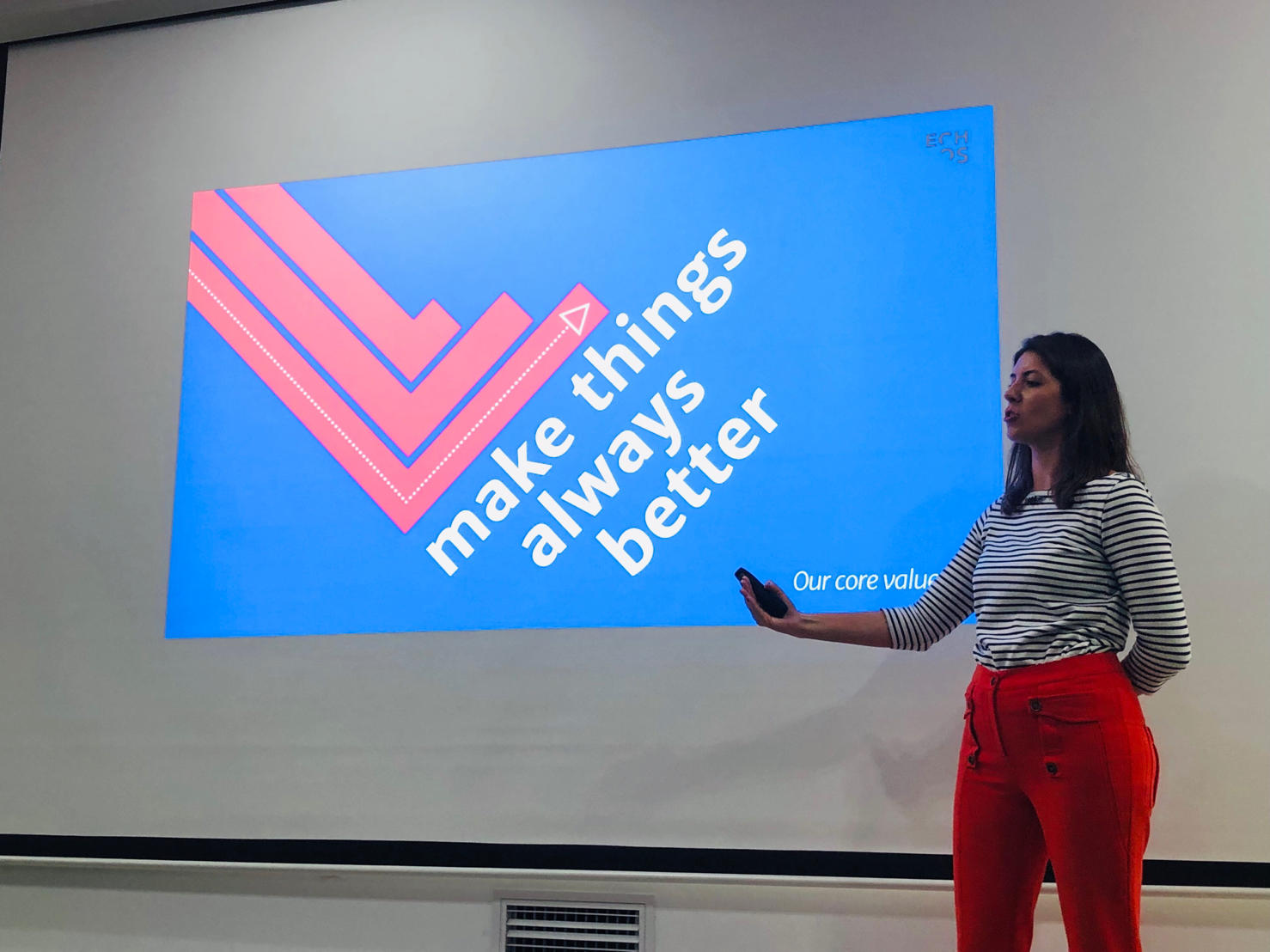In the week of Juliana Proserpio‘s The Power of Design launch, we share the most quotable parts of this e-book that is, first and foremost, a love letter to design and the power it has to transform the future:
10- “You probably never thought about it, but we are only here because we are all excellent designers. Human beings are physically weaker, and not very fast compared to other species; we also don’t possess unique body adaptations that allow us to fly or swim. However, our most significant advantage is that we were able to create tools, and these tools are the ones that enable us to evolve. Human evolution is facilitated by our ability to invent and reinvent tools. By creating tools, we are not only constantly evolving our skills, but we’re also developing new skills that generate intentional or non-intentional results. This ability to change is what makes us designers.”
9- “The most valuable resources in the world are no longer physical, so it is crucial that businesses reflect: How might we navigate the new realities? Also, most importantly, how might we create a new future based on them?”
8- “I tend to believe that if anything happens, it is because we somehow are already ready for it.“
7- “When entering the action of designing preferred futures or even generative design where your design will generate a new creation, all our bias can scale and echo for good and for bad. Designing preferred futures and generative design are the next paradigm and challenge for designers all around the world.”
6- “In the past few years, design evolved and expanded its horizons; if before it was seen as the field responsible for dealing with the aesthetic of things, these days it is being used as a strategic approach to solving complex problems.”
5- “Who owns the future? Beware! Every design of the future is a political act, it’s not innocent and creates effects.”
4- “The power of good design is to design a solution that is well thought out and executed in all orders of design. When we adhere to these processes, real change happens.“
3- “The intention of designing for the good is beautiful and noble, but at the same time, could be implicated in a lot of bias and contextual untruths. My reflection on it is that as designers, we could always design thinking about a virtuous cycle that is based on real needs; the downside of this rationale is that if we’re only thinking about needs, we’re just thinking about addressing the past.”
2- “With design, we can step out of the role of spectator or forerunner and become articulators and interventionists of the future.”
1- “Do we want to predict the future or to create it?”
To read the e-book in its entirety, simply download it.
—
Follow us on social
Instagram – Facebook – LinkedIn – Youtube
How Can We Help?
- For training and Innovation Journeys in your company: check out our in-house course offering.
- For upcoming courses in your region: visit our website.
- For upcoming events in your region: look at our event calendar.
- If you have a special project and would like to use Echos’ consultancy services: send us an email.
- Want to speak to a real person? Call us on 1300 502 006



